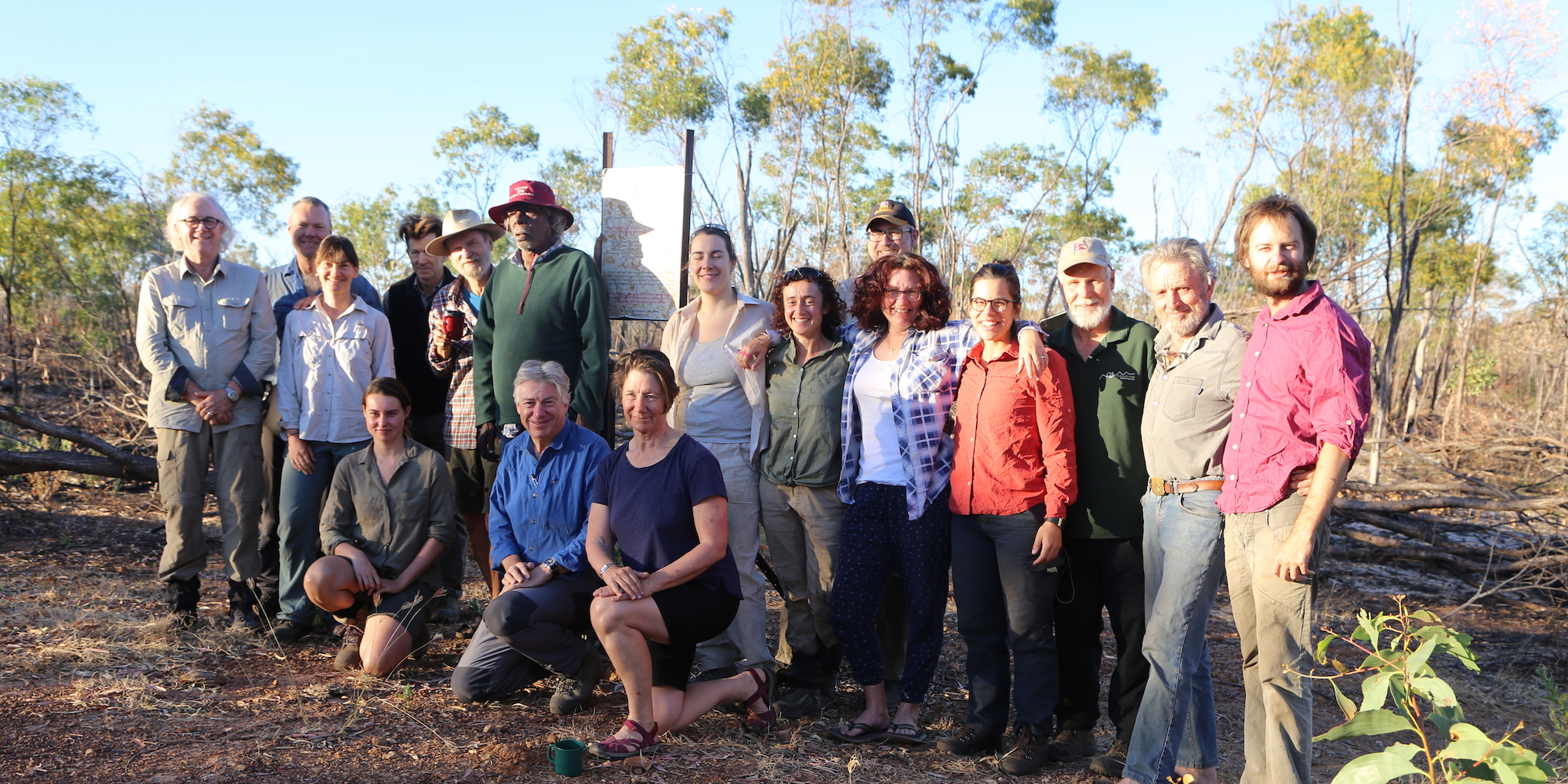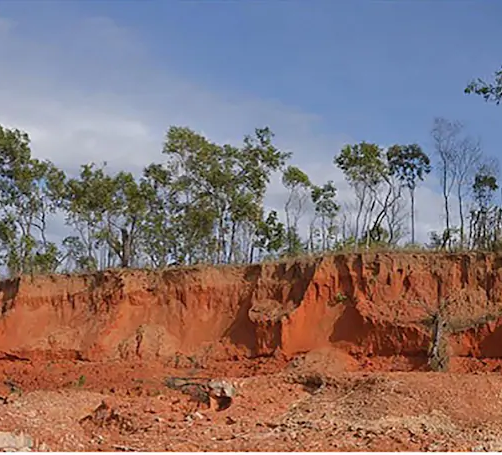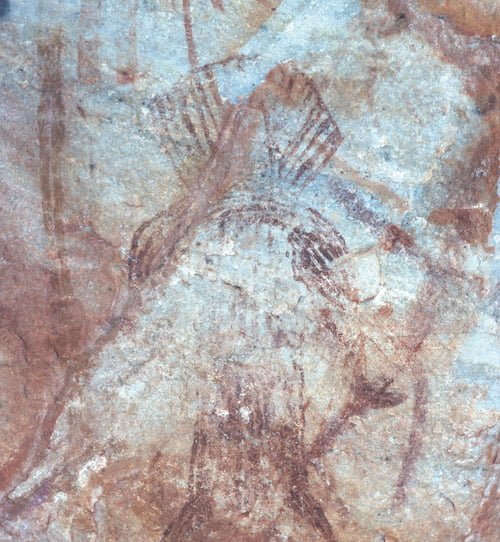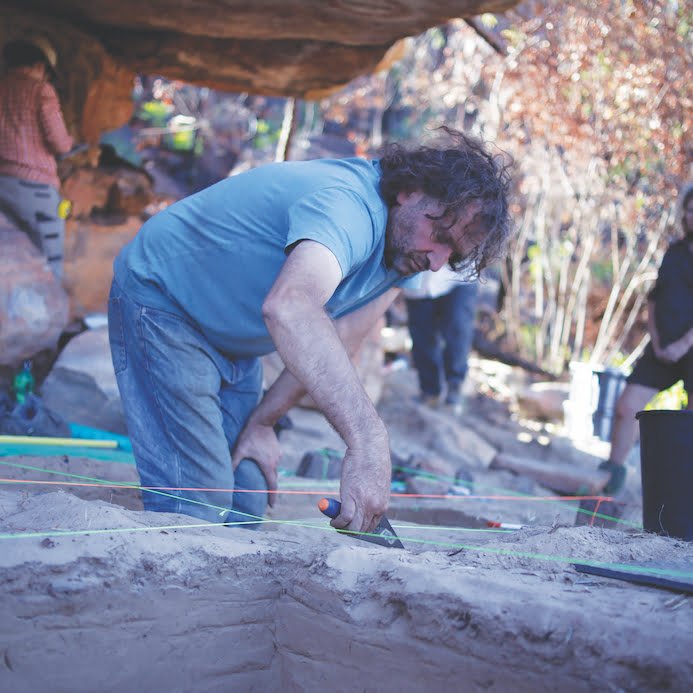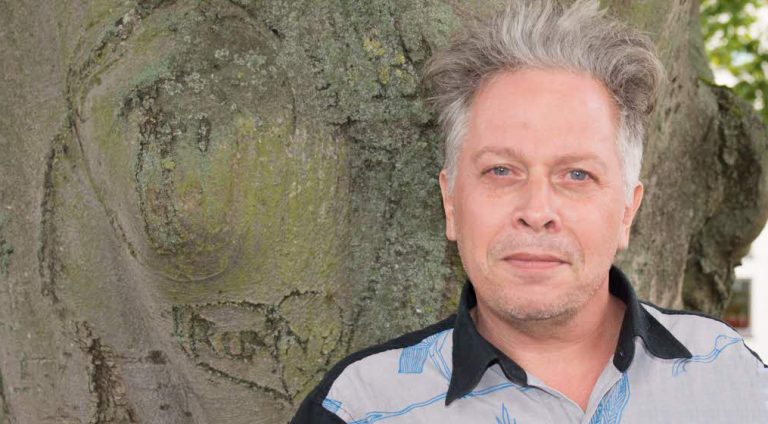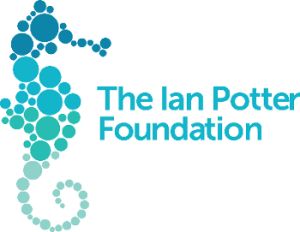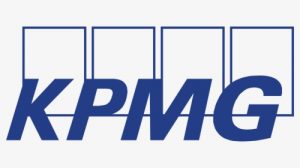This project builds upon an initial survey undertaken in the Cockburn Ranges as part of the 2021 Kimberley Visions research.
The project will document rock art and associated archaeological sites across Balanggarra country in the Cockburn Ranges – a significantly under-studied ‘geological island’. The project team is led by Dr Sam Harper (UWA) with Prof. Joakim Goldhahn (Rock Art Australia Kimberley Chair, UWA) and Prof. Rachel Popelka-Filcoff (Rock Art Australia Minderoo Chair, UoM).
A preliminary survey in 2021 identified six unregistered rock art sites with multiple styles. This includes potentially the easternmost expansion of both Gwion Gwion and Wanjina. Style and composition will be explored from both archaeological and scientific approaches, including mapping, pXRF and colour analysis to understand trends across time.Browse our partner-sponsored Glasses, with a variety of options to suit every taste and budget, available to buy online
The ranges are becoming a National Park to be jointly managed by DBCA and Balanggarra Aboriginal Corporation (BAC). The documentation, analysis, and mapping of significant cultural sites has been identified as important by the Traditional Owners and managers, and Rock Art Australia is pleased to be partnering the University of WA and BAC in funding the research.

